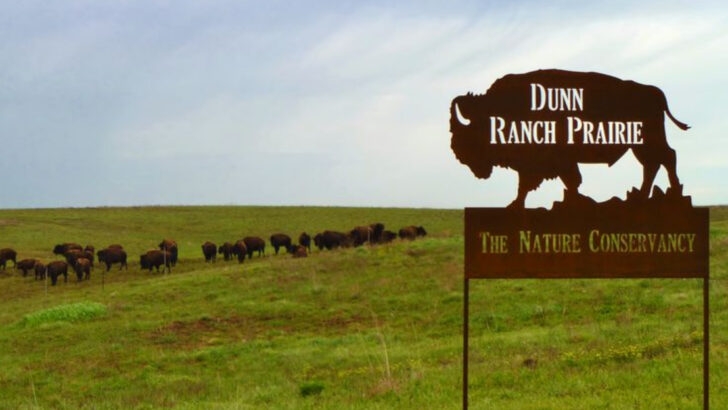They were supposed to be gone. Forgotten. Just bones in museum drawers or ghost stories told by old ranchers.
But guess what? The grasslands had other plans.
From the edge of extinction, animals like bison, prairie dogs, and burrowing owls are strutting back onto the stage — and regenerative ranching is rolling out the green carpet.
This isn’t some feel-good farm fantasy. It’s real. And it’s wild. Ranchers are swapping pesticides for prairie smarts, letting nature do the heavy lifting. The result? Healthier soil, richer grasses — and the unexpected return of creatures that hadn’t been seen in decades.
Ready to meet the comeback crew? These 14 grassland animals didn’t just survive. They’re thriving. And they’ve got a few things to teach us about second chances and the power of letting nature lead.
Bison
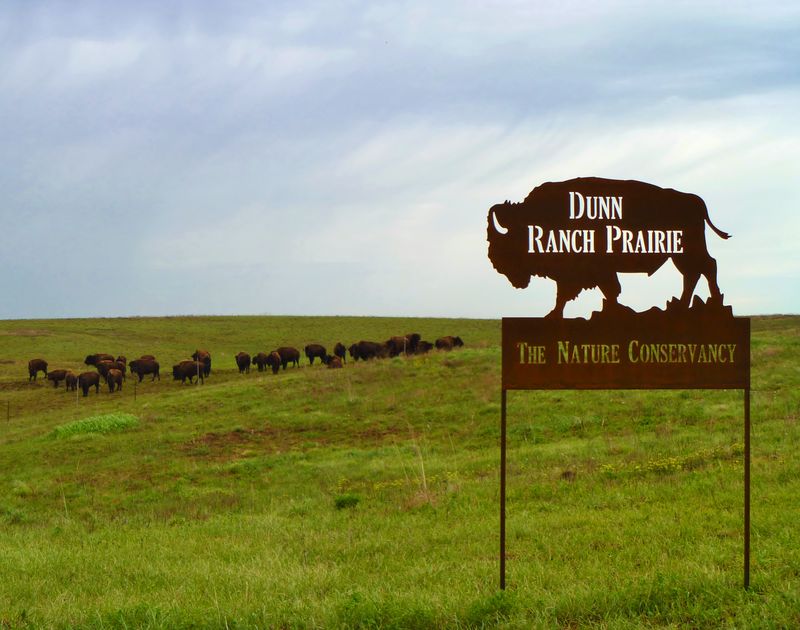
Once roaming the North American plains in numbers exceeding 30 million, bison were nearly hunted to extinction by the late 1800s. Today, these iconic creatures are rebounding thanks to regenerative ranching practices. By rotational grazing and allowing grasslands to recover, bison herds are thriving.
Their presence helps maintain balanced ecosystems, promoting plant diversity and soil health. Bison are not just survivors; they are keystones in their habitat. Did you know? Bison can run up to 35 miles per hour, showcasing their incredible strength and agility. Their comeback stands as a symbol of resilience and ecological recovery.
Prairie Dog
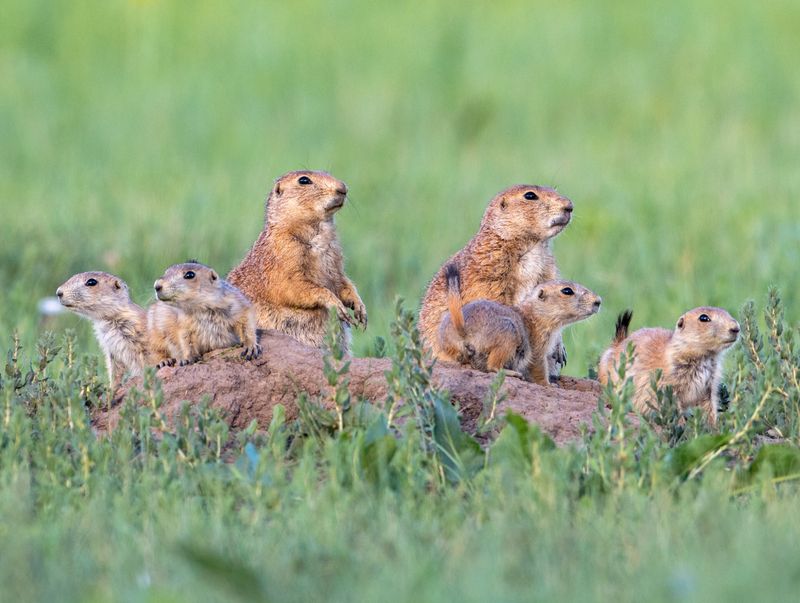
With their intricate burrow systems, prairie dogs are architects of the grasslands. Once considered pests, their populations dwindled due to eradication and habitat loss. Regenerative ranching has altered their fate, recognizing their role in aerating soil and providing habitats for other species.
Through responsible grazing management and habitat restoration, prairie dogs are returning to the plains. Their chatter and busy digging now signify a healthy ecosystem. Fun fact: Prairie dogs have a sophisticated communication system, with specific calls for different predators. Their return is vital for the grassland food web, supporting a diverse array of wildlife.
Greater Sage-Grouse

The Greater Sage-Grouse is famous for its elaborate courtship dances, a spectacle that was nearly lost due to habitat degradation. Regenerative ranching has revived the grasslands, allowing sagebrush ecosystems to flourish once more.
By managing grazing pressures and protecting native vegetation, these birds are experiencing a resurgence. The colorful lekking grounds are vibrant once again. Did you know? The male sage-grouse inflates air sacs in its chest to make distinctive popping sounds during its dance. Their comeback highlights the interplay of animal behavior and habitat restoration in ecosystem success.
Pronghorn
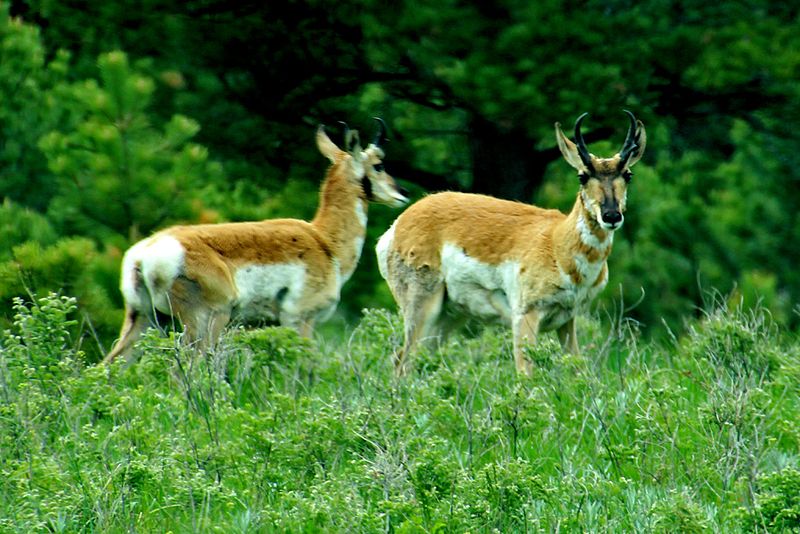
Pronghorns, North America’s fastest land mammals, are emblematic of the speed and grace of the grasslands. Overgrazing and fencing once restricted their movement, threatening their survival. Regenerative practices have dismantled barriers, ensuring their free roam.
By mimicking natural grazing patterns and reinstating migration pathways, pronghorn numbers are climbing. Their ability to run at 55 mph is a thrilling sight, a testament to adaptive conservation techniques. Interesting fact: Despite their speed, pronghorns are not true antelopes, sharing closer kinship with giraffes. Their recovery underscores the power of reconnecting landscapes and wildlife corridors.
Burrowing Owl
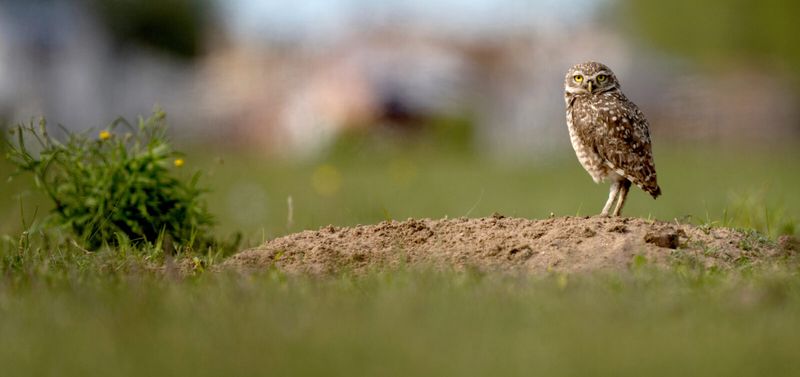
Burrowing owls, with their distinctive ground-nesting habits, faced declines as grassland habitats vanished. Regenerative ranching has rekindled hopes, aligning cattle grazing with owl conservation needs.
By fostering prairie dog populations and maintaining open terrains, these owls find sanctuary. Their presence adds a unique charm to the landscape. Did you know? Burrowing owls often line their nests with animal dung, attracting insects for food. Their return not only enhances biodiversity but also brings an element of intrigue to the prairies. The symbiotic relationships they form are integral to grassland ecosystems.
Eastern Meadowlark
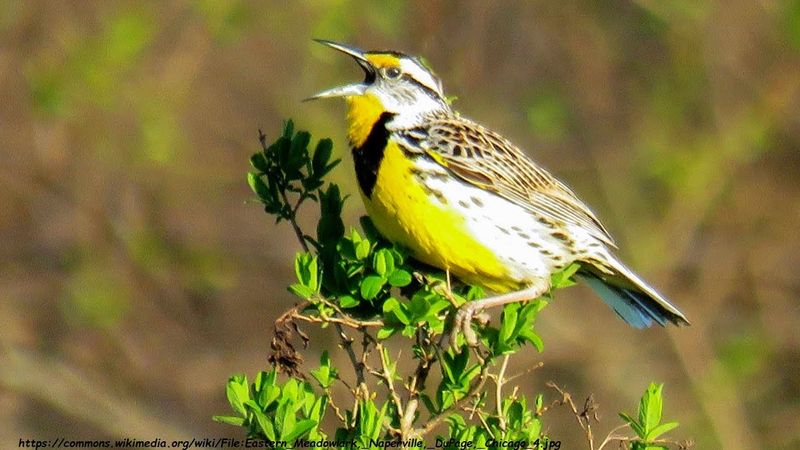
Known for their melodious song, Eastern Meadowlarks once faced dwindling numbers due to agricultural practices. Regenerative ranching shifts have created conducive environments for these songbirds, where they can safely nest and flourish.
Managing grass heights and rotational grazing allows meadowlarks to thrive in renewed habitats. Their song now echoes across revitalized landscapes. Fun fact: Meadowlarks have a striking V-shaped black band on their chest, making them easily recognizable. Their resurgence marks the harmonious blend of music and conservation, a reminder of nature’s resilience when given a chance.
Black-Footed Ferret
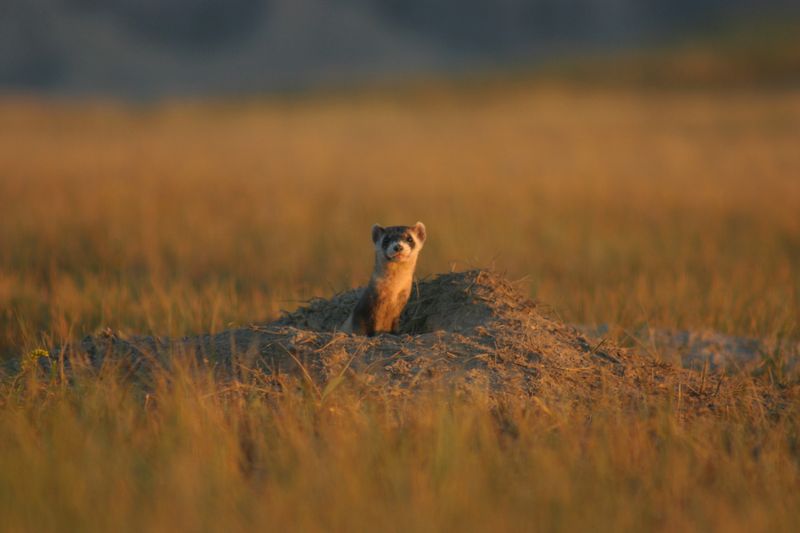
Once thought extinct, the black-footed ferret is one of North America’s rarest mammals. Regenerative practices have fostered a comeback, primarily by restoring prairie dog towns, their primary food source.
By reintroducing these ferrets to suitable habitats, conservationists have achieved a remarkable revival. Their masked faces are a symbol of perseverance. Did you know? Ferrets rely on prairie dog tunnels for shelter and hunting grounds. Their survival hinges on the delicate balance of grassland ecosystems, highlighting the intertwined fates of predator and prey in conservation success stories.
Swift Fox
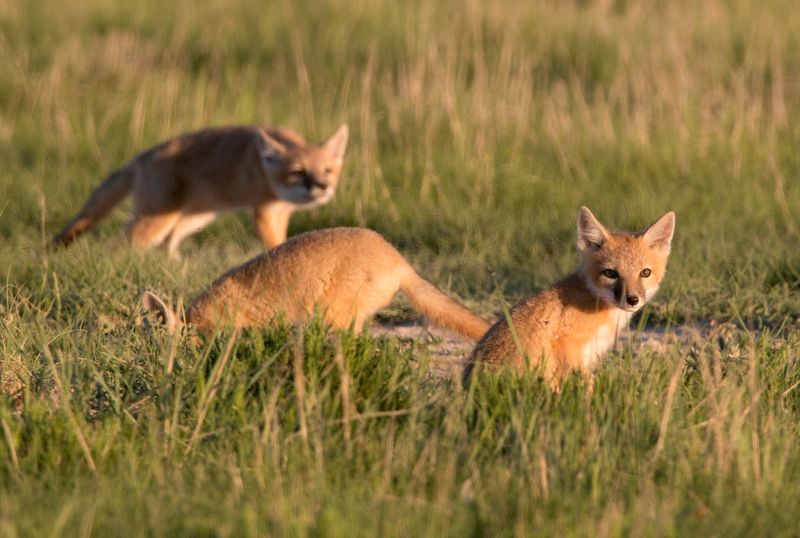
Swift foxes, with their keen agility, once vanished from much of their range due to habitat loss. The return of native grasses through regenerative ranching offers new hope for these elusive creatures.
By supporting small mammal populations and preserving open prairies, swift foxes are making a cautious return. Their sleek movements are a graceful re-addition to the plains. Fun fact: Swift foxes are among the smallest of wild canids, about the size of a house cat. Their presence is indicative of successful ecological restoration, balancing predator-prey dynamics in grassland habitats.
Western Meadowlark

The Western Meadowlark, state bird of six U.S. states, is known for its vibrant song and bright yellow belly. Habitat destruction once pushed them back, but regenerative methods in grassland management have seen their return.
By restoring native plant life and adjusting grazing techniques, these birds flourish again. Their songs bring life to the prairies. Interesting fact: Despite being common, Western Meadowlarks are often heard before seen due to their ground-dwelling nature. Their return is a melodious testament to the success of thoughtful land stewardship and avian resilience.
American Badger
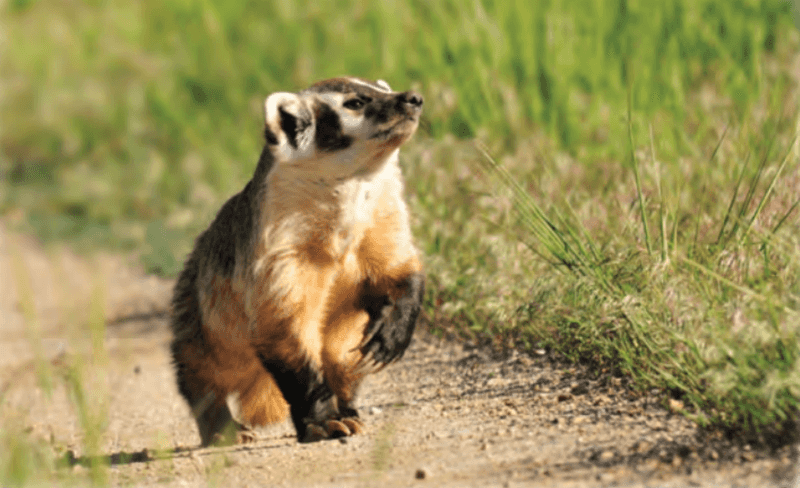
American Badgers, with their robust digging abilities, play a crucial role in aerating soil. Overdevelopment and habitat loss saw their numbers drop. Regenerative ranching has rekindled hope, providing expansive terrains and abundant prey.
Their burrowing now supports plant growth and insect proliferation, reflecting a thriving ecosystem. Did you know? Badgers are solitary creatures, often moving from one burrow to another. Their resurgence signifies the intricate connections between soil health and wildlife, showcasing the impact of regenerative practices in restoring ecological balance.
Mountain Plover
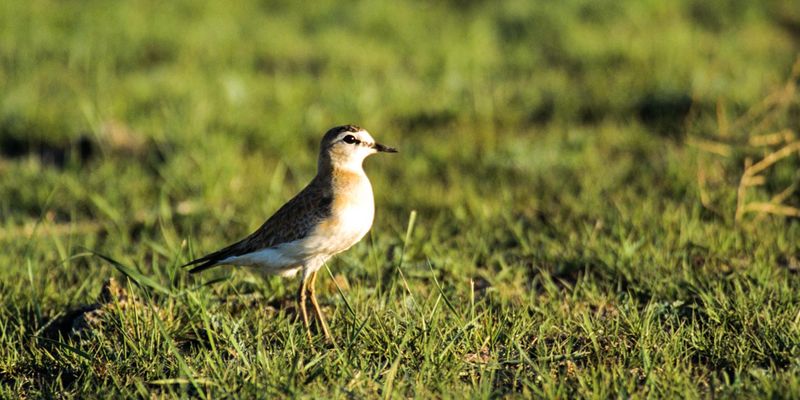
Mountain Plovers, despite their name, prefer flat grasslands over mountainous terrains. Their numbers dwindled due to agricultural expansion and habitat fragmentation. Regenerative ranching offers them a lifeline by preserving native grasslands.
Creating undisturbed nesting grounds and compatible grazing regimes has encouraged their return. Their cryptic plumage blends seamlessly with the prairie. Fun fact: Mountain Plovers often nest in areas grazed by livestock, finding safety in open spaces. Their cautious comeback heralds the potential of cooperative conservation efforts tailored to unique species needs.
Northern Harrier
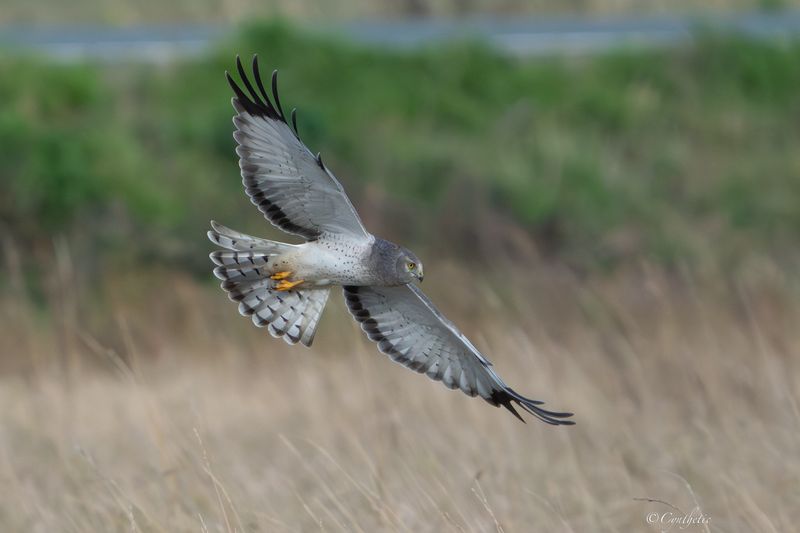
The Northern Harrier, with its distinctive owl-like face and effortless flight, is a master hunter of the grasslands. Once declining due to land conversion, these hawks are returning through regenerative practices.
By promoting healthy prey populations and open hunting grounds, Northern Harriers thrive once more. Their graceful flight is a spectacle of the skies. Did you know? Northern Harriers are one of the few raptors that rely on sound to hunt, a trait shared with owls. Their resurgence highlights the importance of diverse hunting habitats in conservation.
Short-Eared Owl
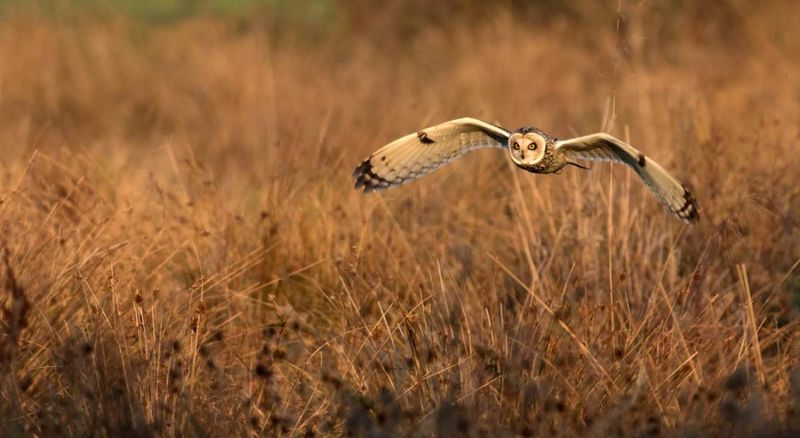
Short-Eared Owls, known for their diurnal hunting habits, faced population drops with grassland degradation. Regenerative ranching has restored their habitats, ensuring prey abundance and nesting sites.
Their distinctive wingbeats and haunting calls are being heard once more. By supporting diverse grassland communities, these owls flourish in rejuvenated landscapes. Fun fact: Unlike most owls, Short-Eared Owls are active during daylight hours. Their return is a promising sign of regenerative success, illustrating the intricate dance of predators and prey in balanced ecosystems.
Bobolink
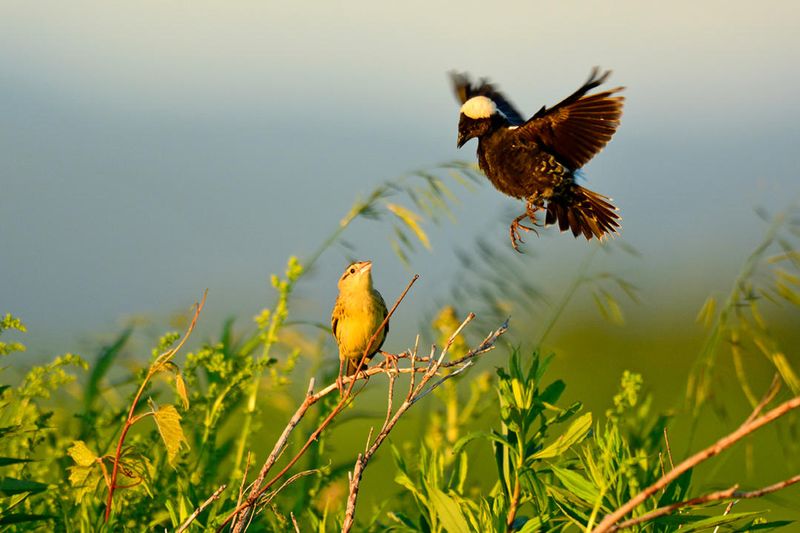
Bobolinks, with their bubbly songs, were once a common sight in North American grasslands. Their numbers declined due to intensive farming practices. Regenerative ranching has reversed this trend, offering them a sanctuary.
By timing hay harvests and managing pastures, Bobolinks find safe nesting grounds. Their joyful melodies now herald the approach of summer. Did you know? Bobolinks travel about 12,000 miles during migration, one of the longest for a songbird. Their comeback is a joyful noise, symbolizing the harmony achievable between agriculture and wildlife conservation.

